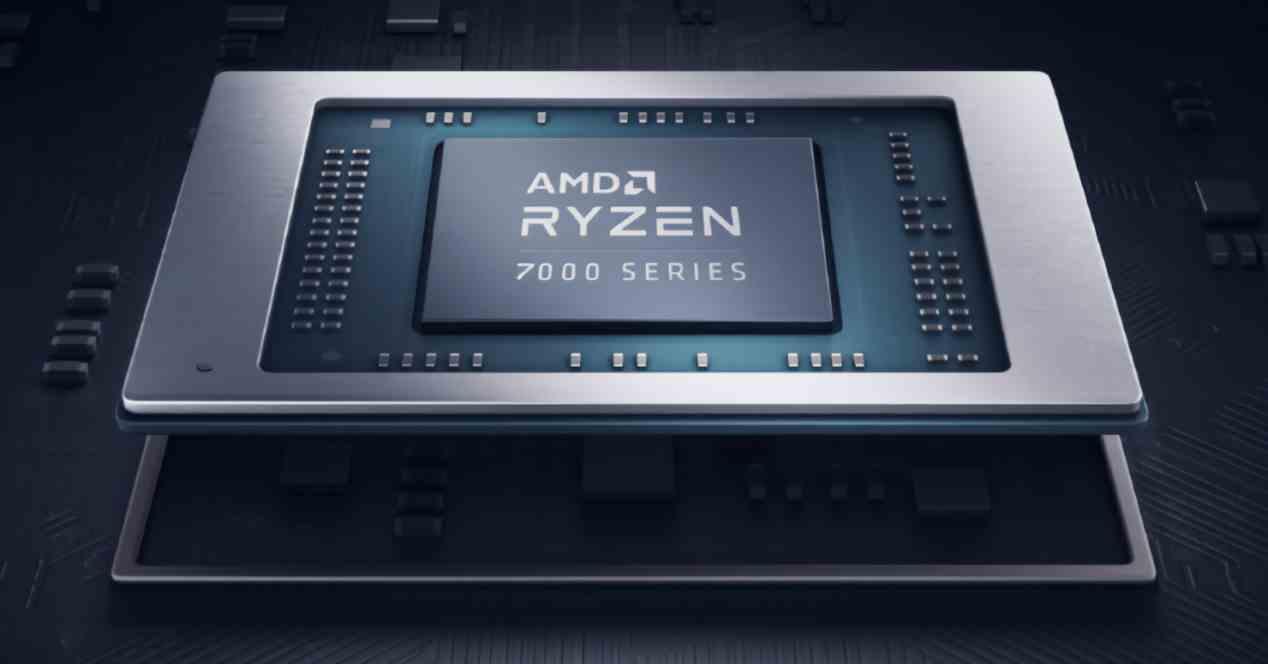AMD has already almost officially presented its first processors with Zen 4 architecture. Although there are still a few months left before its final presentation for its launch, we can say that the Ryzen 7000 is already finished. However, in laptops it’s different and Lisa Su’s company hasn’t said anything. Well, everything would point to the design of Phoenix Pointthe next-generation mobile processor, has been finalized.
There’s a reason why AMD, unlike Intel, is going to continue betting on monolithic or one-piece chips in laptops for at least another generation. By disaggregating a chip into several, it is the fact that the more the communication distance increases, the more the consumption increases. On the other hand, thanks to the Infinity Fabric interface allowing the different parts to be intercommunicated with each other, it is easy for them to create new chips, by modifying only certain key parts of the design while keeping others. Indeed, it is not necessary to change all the components from one year to the next.
What is Phoenix Point and how does it relate to Ryzen 7000 in laptops?
Well, the answer to the question is simple, Phoenix Point is the Ryzen 7000 for laptops, but it is not the same processor that we will see on the desktop that receives the code name Raphael. They are two different compositions, which share an architecture with regard to the CPU, since in both cases it is a question Zen 4. Although the similarities end there.
- Phoenix Point is a monolithic chipmanufactured under the TSMC 4nm node. Instead, Raphael is a disaggregated chip using the Taiwanese foundry’s 5nm and 6nm nodes.
- In reference to integrated graphicsPhoenix Point will use one with RDNA 3 architecture with 6 or more cores. While the desktop Ryzen 7000 iGPU is RDNA 2 with only 2 cores.
- Phoenix Point is designed to be mounted on “socket” FP8 for laptops, which is different from the AM5 socket of its desktop counterpart.
AMD has already completed its Ryzen 7000 for laptops
So even if there is already a processor engineering sample However, we are not expecting it for this year 2022. Because it is a long tradition at AMD to present its processors for laptops at the start of the year. Which is logical, given that each product family must have its time of exposure to the market. In any case, what it means that one of these samples is mentioned in a benchmark is that someone is testing it and has it in their hands. In this case, it was on MilkyWay, a distributed computing program for astrophysicists, that a technical sample of the chip appeared just hours ago.
Phoenix Point would not increase the maximum number of cores and would remain at 8 with their respective 16 threads, so there will be no improvement in this regard. However, if we take into account the change in architecture and the better clock speeds, it is clear that we will see a performance superior to that of the current Ryzen 6000. Additionally, this will be the first time AMD has changed both the processor and integrated graphics since the 4000 models.










